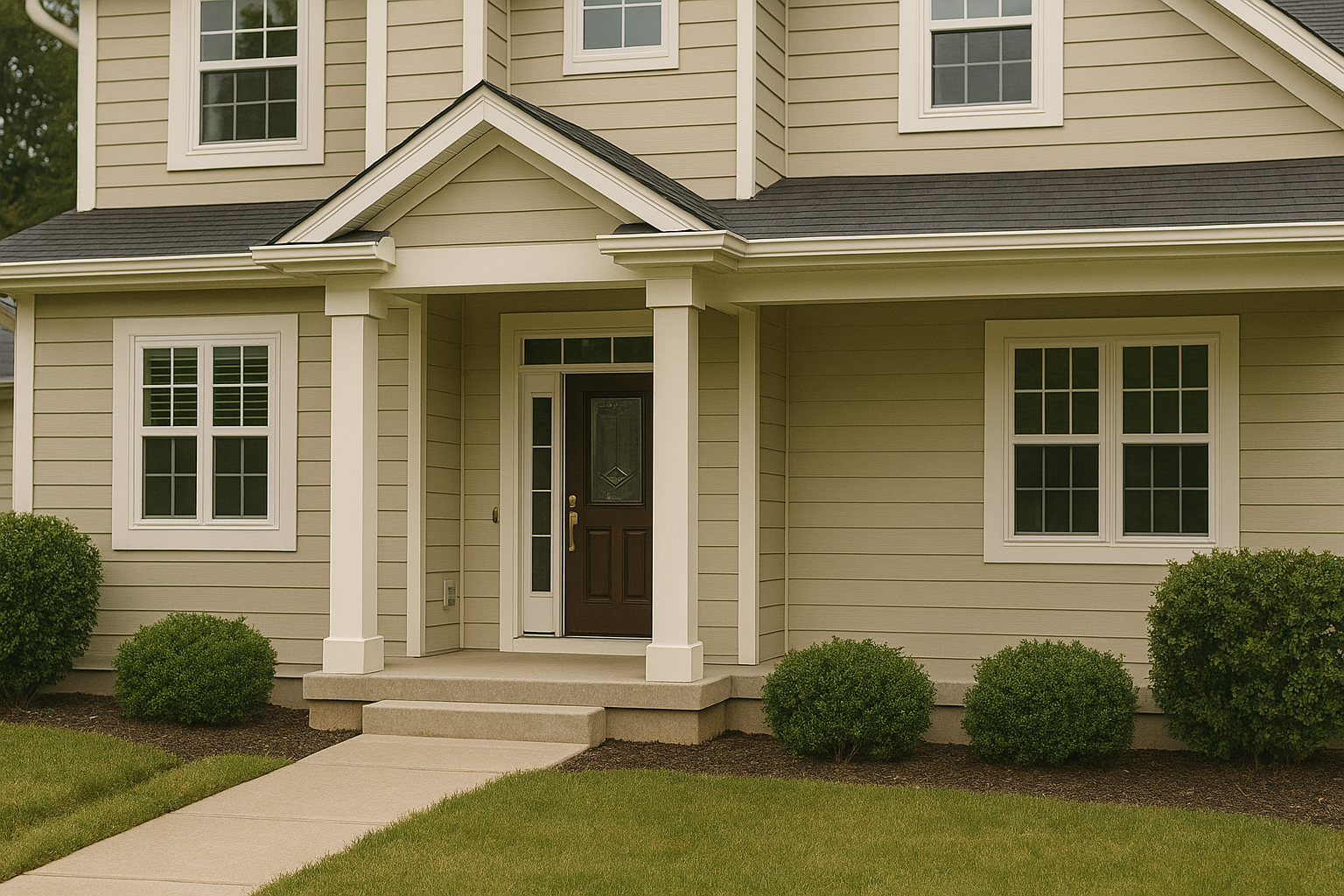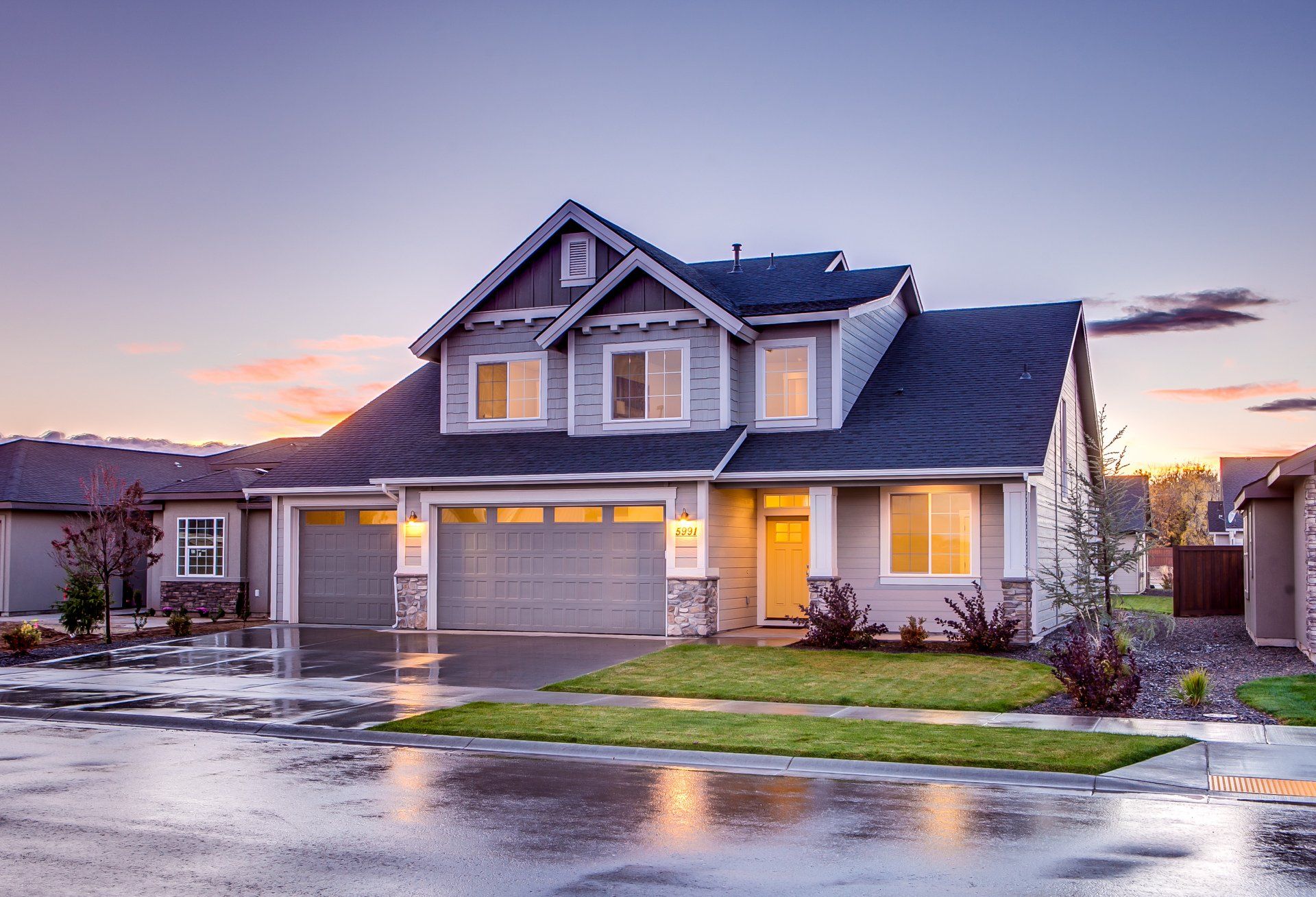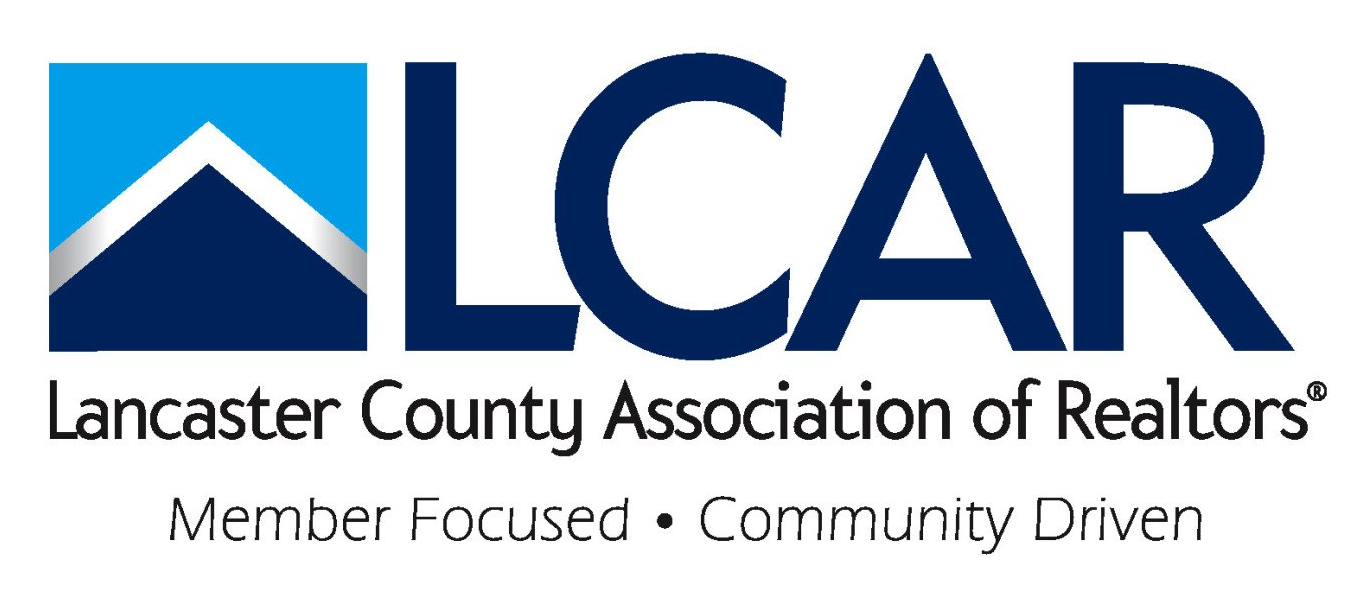The Continued Evolution of Office Spaces

Over the past year, there has been a lot of speculation about the future of the office asset class. Second only to hospitality, office space has been most impacted by the pandemic over the past three years. This impact is only now being felt due to the expirations of long and short-term leases.
One of the first trends we have seen is a flight to higher quality buildings – increasing vacancies and sublease opportunities in “B” quality properties. In addition to building quality, employees are looking at office locations. Over the past three years, there has been a notable shift from urban centers and mass transit to suburban locations with access to amenities. Finally, employers are being forced to determine how their company will operate in a post-pandemic environment, defining what the workplace will look like going forward.
Pre-pandemic, work-from-home employment accounted for less than 5% of the office employment landscape. Today, approximately 70% of companies have adopted a hybrid work arrangement where some portion of the workweek/workday can be conducted from home. What was originally an outcome of health concerns for employees is now a requirement to retain employees in an extremely tight national labor market. The impact of this hybrid model has resulted in a reduction of square footage by approximately 10 – 15%. The impact is relatively minor, as employees are still demanding a specific workspace when working in the office.
Due to the organic growth of employment in the sectors that utilize office space, occupancy should be back to pre-pandemic levels in 2024 or 2025. Despite the contraction in office occupancy, rents have increased slightly here in central Pennsylvania and increased by roughly 4% nationwide.
In addition to the amount of space being occupied, the purpose of office space has changed. Historically, it was viewed as a place to house employees and conduct all functions of business such as accounting, sales, and administration activities. To a degree, success was measured by time spent in the office and dollars produced. The function of the office is now realized as a way of communicating corporate culture and values. Success is now being measured by employees’ sense of inclusion and collaboration.
Recently, many employers, office managers, and developers have begun putting greater focus on the physical aspects of the workspace. Early into the pandemic, investments were safety-driven such as touchless technologies, increased janitorial cleaning, and improvements to air quality with HVAC modifications. Now, emphasis is being placed on features you might experience in a restaurant or hotel lobby, including bright and engaging wall graphics; greater incorporation of glass in wall systems; inviting colors, textures, and patterns for walls and flooring; and increased plant-scaping.
The final way that the concept of office utilization has changed is the focus that time within the office should be meaningful, not simply completing a task. With the recent “Great Resignation,” the importance of collaboration and training has been identified as one of the meaningful benefits of being in an office environment. With so much workforce turnover experienced over the past three years, as well as new employees entering the workforce, time spent in meaningful, personal contact has never been more important. A tremendous amount of practical business learning and culture is communicated through day-to-day personal contact among team members. To facilitate this, office design trends are using more collaboration areas, casual seating, coffee bars, and meeting spaces to encourage that interpersonal connection. Flexible office utilization will take on greater importance allowing individuals and work teams to create their own workspace that combines personal satisfaction and organizational outcomes. Without any substantive change in the current low employment environment, the importance of location, building quality, design, and utilization will remain relevant.
Facts, opinions and information expressed in the Blog represent the work of the author and are believed to be accurate, but are not guaranteed. The Lancaster County Association of Realtors is not liable for any potential errors, omissions or outdated information. If errors are noted within a post, please notify the Association. Posts represent the author's opinion and are not necessarily the opinion of the Association.













